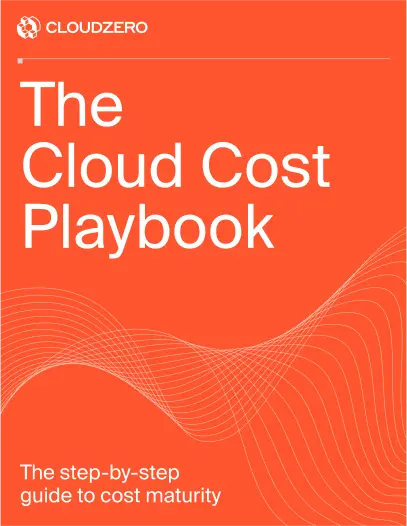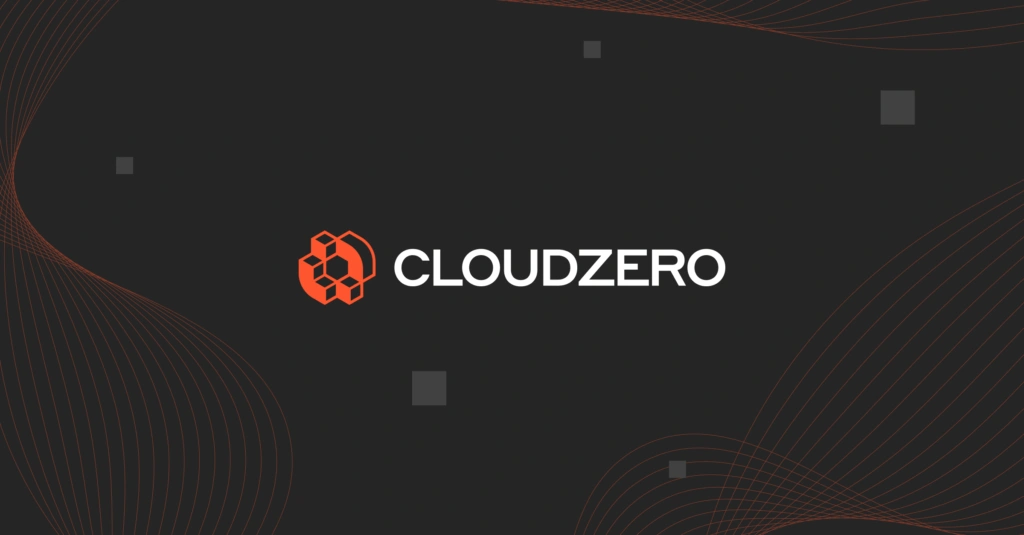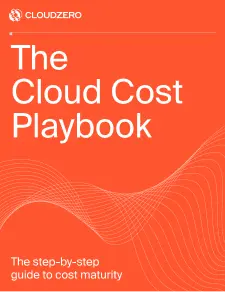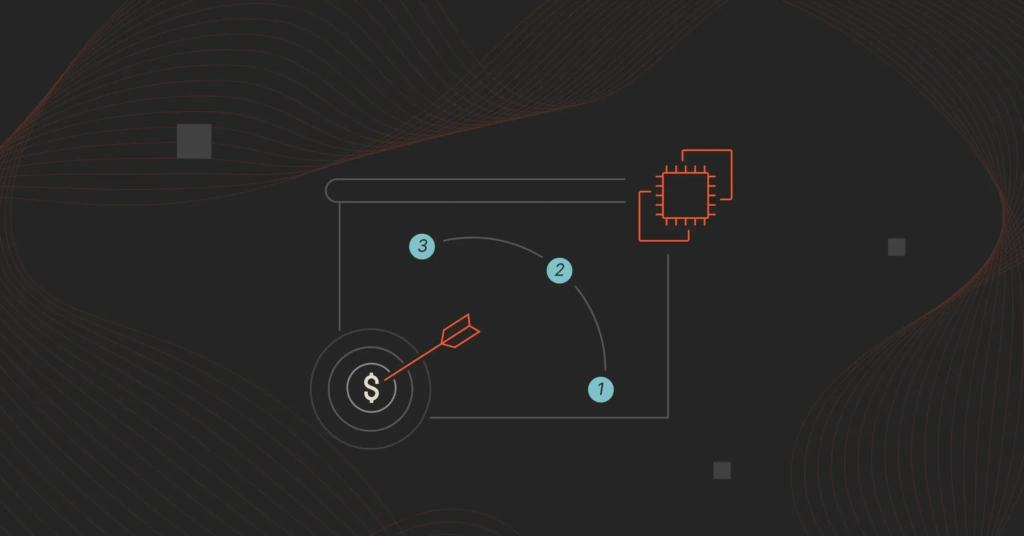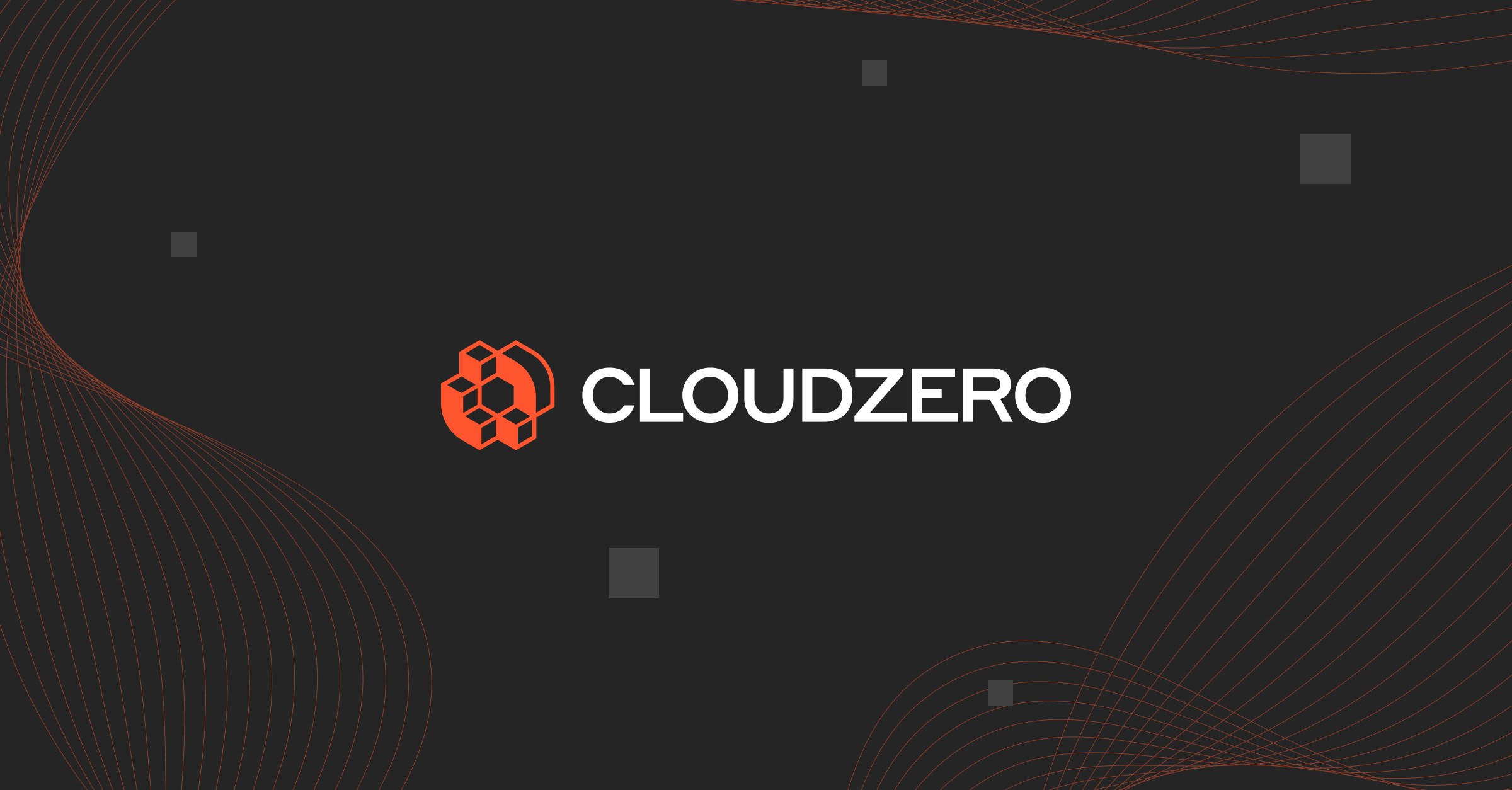According to Gartner, organizations spent $410.9 billion on cloud services in 2021. In the same year, executives estimated that as much as 30% of their cloud spend was wasted. That’s an aggregate $123.27 billion of waste — money that could go toward innovation, or that could help insulate companies from one of the worst market downturns in years.
Organizations face a dilemma: The cloud is essential to modern business, and it’s only getting costlier. Especially as markets falter, the burden falls squarely on businesses to economize their cloud spend.
CloudZero wanted to understand how companies are approaching this challenge:
- How do they assess their own cloud spend efficiency?
- If they’re overspending, do they know what’s driving it?
- Who’s responsible for economizing cloud spend, and how equipped are they to tackle the task?
- Overall: Do they have the tools to control their own cloud spend destiny?
So, we surveyed 1,035 people to assess the state of cloud cost intelligence in 2022.
In its ideal form, cloud cost intelligence gives companies visibility into every penny of their cloud spend — the costs of specific products, features, and teams; the causes of sudden cost spikes; the tools to assess spend through a lens of business context.
Cloud cost intelligence turns cloud spend from a liability into an asset, from a blind spot into the fuel for better business outcomes. With responses from a roughly 50/50 split between finance and engineering professionals, we wanted to know how close they were to this ideal state.
Here are just a few of the findings. For the full report, click here.
Houston, We Have a Problem
The first step in fixing an issue is acknowledging that it exists. Fortunately, a majority of organizations do, and awareness is brewing at the highest levels.
- Houston, we have a problem. Our first major finding was that organizations view cloud spend as a high-priority issue. Respondents said that they spend too much on the cloud and that focusing on it is more of a priority this year than last year.
- Leaders care. If excessive cloud spend was a fringe issue in years past, it has now surged front-and-center at organizations’ highest levels. A whopping 73% of respondents said that cloud cost is either a C-suite or board-level issue.
- Engineering ownership of cost drives better outcomes. We also asked respondents whether they have a culture of cost ownership (similar to how engineering might own security). We found that a strong cost-conscious culture correlates with better business outcomes, such as improved confidence in reporting accuracy, better visibility, and less excessive spending.
- Finance and engineering are teaming up. Cloud cost is an issue that impacts both teams. Organizations are investing in FinOps teams and sharing the responsibility. High-performing DevOps teams are already considering cost earlier in the software lifecycle.
Organization’s Cloud Cost Visibility Is Low
At the heart of the issue is that companies don’t know what they’re spending money on.
We asked companies whether they knew what they were spending on seven different business metrics:
- Cost per different product features
- Cost per business units
- Cost per development team
- Cost per customer (average)
- Cost of each individual customer
- Cost of different customer segments and verticals
- Cost per unit
Less than 40% of companies said they knew exactly what they were spending on these metrics. That means only about 3 in 10 companies have a precise idea of their costs of doing business in the cloud. And the bigger companies get, the worse their visibility becomes; companies with more than 5,000 employees scored worse on all seven metrics by an average of more than 14%.
Poor Allocation Is A Problem
Only 13% of companies have allocated more than 75% of their cloud resources.
That means it’s nearly universal for at least a quarter of an organization’s cloud resources to be unaccounted for. Compare that to the 30% of cloud spend that’s wasted every year, and the picture starts to gain clarity.
Poor allocation is a problem across organization sizes and maturity levels. All size segments (100-499 employees, 500-999 employees, 1,000 to 4,999 employees, and 5,000+ employees) reported less than 50% resource allocation.
In terms of maturity, venture-backed Series A companies scored best, with 52% of respondents claiming 50%+ allocation. Public companies scored worst, with only 34% claiming 50%+ allocation.
Allocation seems to get harder as companies mature. Earlier-stage companies have less to manage, with cloud spend often centralized in a few accounts. As they grow, either organically or through acquisition, cloud sprawl grows too — and it becomes harder to gain visibility.
The Solution? Engineering Autonomy
After analyzing the companies who claimed the most success with cloud cost management, only one variable stood out: engineering autonomy. When engineers have the awareness and tools to make cost-efficient build decisions, organizations spend less in the cloud.
“Engineering autonomy” means engineers own cloud cost in the same way they own security. Companies with strong cultures of engineering autonomy were most likely to spend efficiently in the cloud, and the most likely to know the exact costs of different business metrics.
Moreover, strong cultures of engineering autonomy correlated positively with several other business metrics: less than 5% variance, time spent resolving variance issues, and near-real-time anomaly detection. In each of these categories, companies with strong cultures of engineering autonomy scored highest.
Cloud Cost Is A Top Priority
It’s no surprise in the current environment that organizations are focusing on cost. The survey found that 75% of respondents are prioritizing cloud cost in 2022 — with 52% saying it’s more of a priority than last year.
If excessive cloud spend was a fringe issue in years past, it has now surged front and center — with 73% of respondents saying it’s a C-suite or board-level issue.
The Age of FinOps Has Begun
The FinOps Foundation defines FinOps as “an evolving cloud financial management discipline and cultural practice that enables organizations to get maximum business value by helping engineering, finance, technology and business teams to collaborate on data-driven spending decisions.”
The way DevOps merged engineering and operations priorities, FinOps merges engineering and finance priorities, driving cultures of strong engineering autonomy.
Most organizations are dedicating significant resources to growing their FinOps practices. 54% either have one dedicated FinOps expert or a team consisting of multiple people.
Better yet, a clear majority (65%) of companies treat FinOps as a shared priority between finance and engineering teams.
But There’s Still A Long Way To Go
FinOps is an emerging practice advanced framework that was conceived only a handful of years ago. We expect that in the future, more companies will increase their focus on strategic aspects of managing cloud spend, such as unit economics.
Through solutions like CloudZero, companies can have the best of both worlds.
CloudZero’s mission is to make cost-conscious innovation a reality for all digital-native businesses. CloudZero is the only platform that allows companies to allocate 100% of their spend in just hours, aligning everyone around the cost dimensions that matter most.
Adopting cloud cost intelligence is step one. Finding the tools to support it is step two. By providing allocation without tagging, CloudZero boosts engineering autonomy, providing the most valuable resource for companies looking to make the most of their cloud cost data.
